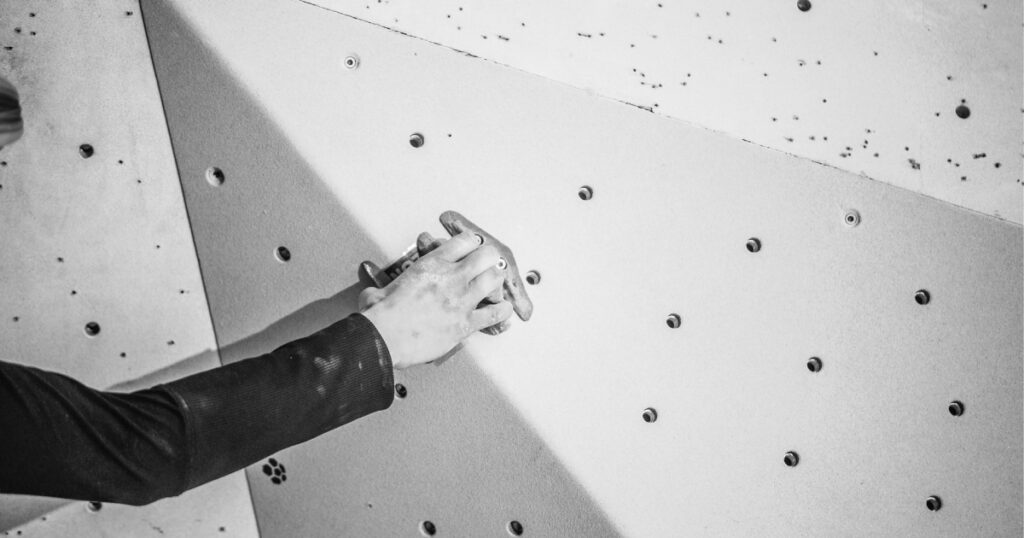Uncategorized
Common climbing injuries and how to prevent them
Climbing is a physically demanding sport that requires strength, flexibility, and agility. However, injuries are common in climbers due to the repetitive stress placed on the body. Here are some common climbing injuries and how to prevent them:
Tendinitis: Tendinitis is a common injury among climbers and is caused by overuse of the tendons. To prevent tendinitis, make sure to warm up before climbing and stretch regularly. Gradually increase the intensity and duration of your climbing sessions, and take rest days to allow your tendons to recover.
Pulley injuries: Pulley injuries occur when the tendons that attach the finger muscles to the bones in the hand are strained or torn. To prevent pulley injuries, make sure to warm up your fingers before climbing and avoid using only your fingertips to hold on to holds. Use a variety of hand positions to distribute the load across your hand.
Elbow injuries: Climbers are at risk of developing tennis elbow, which is caused by overuse of the muscles and tendons in the forearm. To prevent elbow injuries, make sure to warm up your arms before climbing and avoid over-gripping. Use open-handed grips to reduce the load on your forearm muscles.
Back injuries: Climbing can put a lot of strain on your back muscles, particularly when climbing overhanging routes. To prevent back injuries, make sure to warm up your back before climbing and stretch your back muscles regularly. Strengthen your core muscles to provide support for your back.
Shoulder injuries: Shoulder injuries can be caused by overuse, poor technique, or a lack of strength in the rotator cuff muscles. To prevent shoulder injuries, make sure to warm up your shoulders before climbing and avoid overusing your arms. Strengthen your rotator cuff muscles with exercises such as external rotations.
Skin injuries: Rough climbing holds, rough holds and chalk dry out your hands and your skin develops microcracks, thick calluses or simply tears open. Skin injuries like this are often painful and need to be treated properly. You should always wash your hands with soap after climbing and use the right skin care products. Calluses, loose skin, flappers, fingernails and toenails can easily be maintained with a KletterRetter skin file and/or KletterRetter nail clippers.
By taking these steps to prevent common climbing injuries, you can continue to climb safely and avoid unnecessary pain and injury. Have fun out there!



